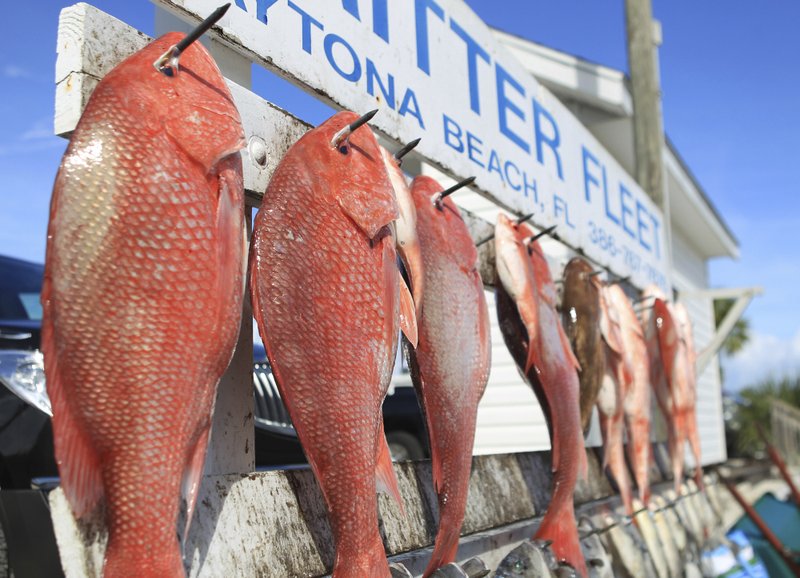NEW ORLEANS — Members of Congress say they expect relaxed catch limits for red snapper this year in light of a new study finding three times the number previously thought to swim in the Gulf of Mexico, but experts note that tripled quotas are extremely unlikely.
The Great Red Snapper Count announced Wednesday said there appear to be at least 110 million adult red snapper in the Gulf of Mexico, rather than the previous federal estimate of 36 million.
“The preliminary results … prove what Louisiana fishermen knew all along: red snapper stocks in the Gulf of Mexico are thriving,” said House Republican Whip Steve Scalise of Louisiana.
U.S. Rep. Garret Graves, a Republican from Louisiana, said Thursday that he’s hoping for a substantial increase in quotas for red snapper in the Gulf. “Anything less will be a disservice to the American public,” he said.
“I know some people will see this and think, ‘Oh, great! We can have three times the catch.’ But that’s just not likely,” Christopher Stallings, a University of South Florida fisheries scientist who was not involved in the study, said Thursday.
Nobody would guess at the likely size of any increases.
Fishery scientists from across the Gulf of Mexico will study the report and findings by independent reviewers, reporting to the Gulf of Mexico Fishery Management Council before a weeklong council meeting starting April 12. The council also will get recommendations from the National Oceanic and Atmospheric Administration, council deputy director John Froeschke said.
NOAA hopes to have any new measures in place by early fall, regional spokeswoman Kim Amendola said in an email Wednesday.
A big quota increase could deplete the natural and artificial reefs where most fishing occurs, Clay Porch, director of NOAA’s Southeast Fisheries Science Center in Miami, said Tuesday.
Anglers already have seen something similar, said Sepp Haukebo of the Environmental Defense Fund.
“At the end of last year’s season a lot of popular fishing spots were pretty beaten down. … If you showed up at the beginning of the season there was great fishing,” but by the end people couldn’t catch fish big enough to keep, he said.
Most of the newly reported population is on small spots dotted around the vast expanse of mud and sand bottom between fished reefs.
Those fish won’t move immediately to the reefs now fished, Porch said.
He said the data could also indicate that individual fish have fewer offspring than previously thought, which also would affect quotas.

